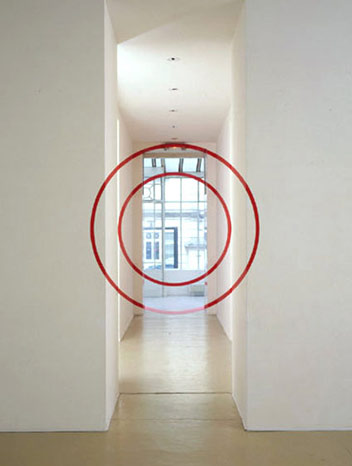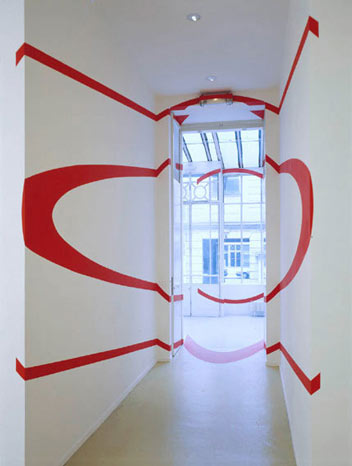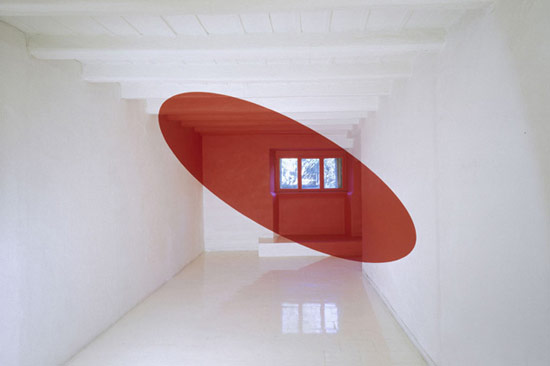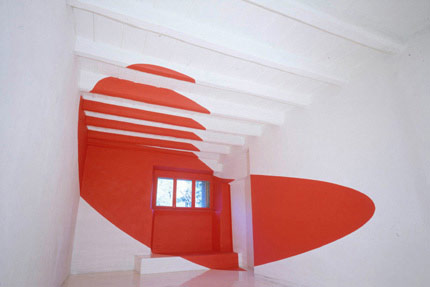I was reading the other day about the optical illusions created by the Swiss artist Felice Varini. He turns rooms and other spaces into geometric perspective-localised paintings. He usually uses very simple geometric shapes such as circles, triangles etc. He paints the chosen space and ends up with a 3D painting. The complete painting can be seen by the viewers from one vantage point. The painting appears broken or misshaped from other view points. Varini is interested in what happens to the viewers outside the vantage point of view where the complete painting no longer exists. Instead it comprises multiple fragments creating reality that appears somewhat abstract, reality that can be interpreted by each viewer in their own way (the full interview with Varini can be found here: http://www.poeticmind.co.uk/interviews-1/i-am-a-painter/).
Varini creates this interesting reality allowing us to look at the same thing, the same shape from different perspectives. It's amazing - the amount of perspectives you can get just by changing your point of view!
Below are some examples of Varini’s work ( first image seen from the vantage point of view and the second one seen from outside the vantage point). Pretty cool, isn’t it?
Two Circles In Corridor, Red No. 1 (1992), Paris, acrylic paint (seen from the vantage point)
Two Circles In Corridor, Red No. 1 (1992), Paris, acrylic paint (seen from outside the vantage point).
Ellisse Rossa Piena per la Finestra (1995), acrylic paint (seen from the vantage point)
Ellisse Rossa Piena per la Finestra (1995), acrylic paint (seen from outside the vantage point)
Varini uses three-dimensional spaces instead of the canvas. He calls himself a painter rather than an installation artist.
Installation art describes an artistic genre of site-specific, three-dimensional works designed to transform the perception of a space(…)The genre incorporates a very broad range of everyday and natural materials, which are often chosen for their evocative qualities, as well as new media such as video, sound, performance, immersive virtual reality and the internet. Many installations are site-specific in that they are designed to exist only in the space for which they were created. (http://www.answers.com/topic/installation-art)
Links:
Images and image captions : http://www.poeticmind.co.uk/interviews-1/i-am-a-painter/



No comments:
Post a Comment